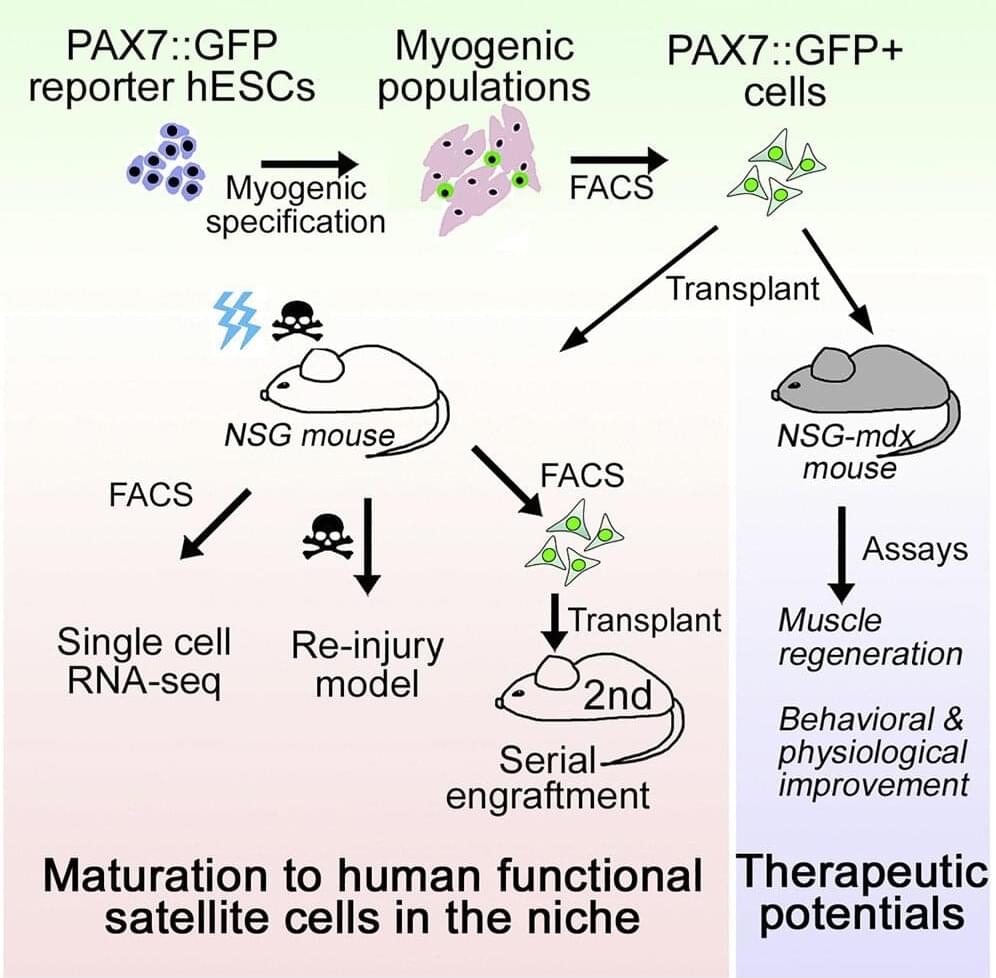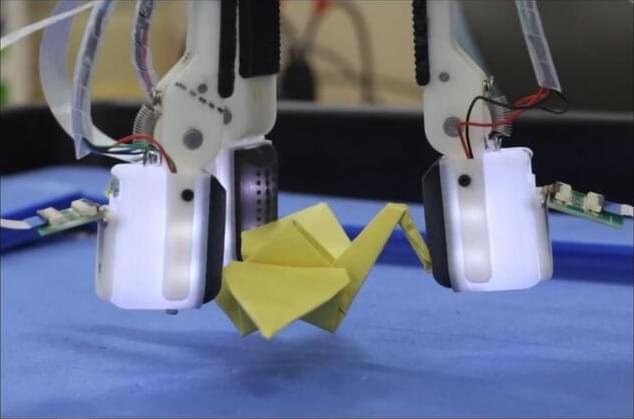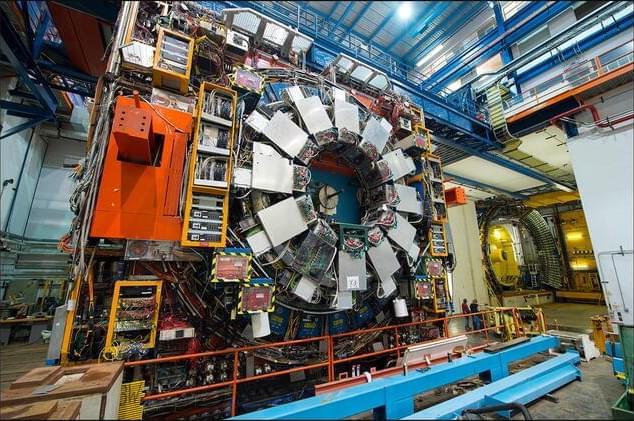Get the latest international news and world events from around the world.



Quantum Physics of Consciousness
Are quantum events required for consciousness in a very special sense, far beyond the general sense that quantum events are part of all physical systems? What would it take for quantum events, on such a micro-scale, to be relevant for brain function, which operates at the much higher level of neurons and brain circuits? What would it mean?
Free access to Closer to Truth’s library of 5,000 videos: http://bit.ly/376lkKN
Watch more interviews on the Quantum Physics of Consciousness: https://bit.ly/37xFvYm.
Menas Kafatos is a physicist and the Director of the Center of Excellence and has served as Founding Dean, Schmid College of Science & Technology at Chapman University.
Register for free at CTT.com for subscriber-only exclusives: http://bit.ly/2GXmFsP
Closer to Truth, hosted by Robert Lawrence Kuhn and directed by Peter Getzels, presents the world’s greatest thinkers exploring humanity’s deepest questions. Discover fundamental issues of existence. Engage new and diverse ways of thinking. Appreciate intense debates. Share your own opinions. Seek your own answers.

Largest study of whole genome sequencing data reveals ‘treasure trove’ of clues about causes of cancer
DNA analysis of thousands of tumors from NHS patients has found a ‘treasure trove’ of clues about the causes of cancer, with genetic mutations providing a personal history of the damage and repair processes each patient has been through.
In the biggest study of its kind, a team of scientists led by Professor Serena Nik-Zainal from Cambridge University Hospitals (CUH) and University of Cambridge, analyzed the complete genetic make-up or whole-genome sequences of more than 12,000 NHS cancer patients.
Because of the vast amount of data provided by whole genome sequencing, the researchers were able to detect patterns in the DNA of cancer—or ‘mutational signatures’—that provide clues about whether a patient has had a past exposure to environmental causes of cancer such as smoking or UV light, or has internal, cellular malfunctions.

Lab grown, self-sustainable muscle cells repair injury and disease, mouse study shows
In proof-of-concept experiments, Johns Hopkins Medicine scientists say they have successfully cultivated human muscle stem cells capable of renewing themselves and repairing muscle tissue damage in mice, potentially advancing efforts to treat muscle injuries and muscle-wasting disorders in people.
A report on the experiments was published April 7 in Cell Stem Cell.
To make the self-renewing stem cells, the scientists began with laboratory-grown human skin cells that were genetically reprogrammed to a more primitive state in which the cells have the potential to become almost any type of cell in the body. At this point, the cells are known as induced pluripotent stem (IPS) cells, and they are mixed with a solution of standard cell growth factors and nutrients that nudge them to differentiate into specific cell types.

Feeling Sensations, Including Ones Connected to Sadness, May Be Key to Depression Recovery
Summary: Suppressing or blocking out physical sensations related to emotions such as sadness can hinder recovery from depression symptoms and may cause a relapse into depression.
Source: University of Toronto.
The physical sensations that accompany sadness can feel as undesirable as they are intense—a constriction of the chest, watery eyes and a raw throat, to name a few.

